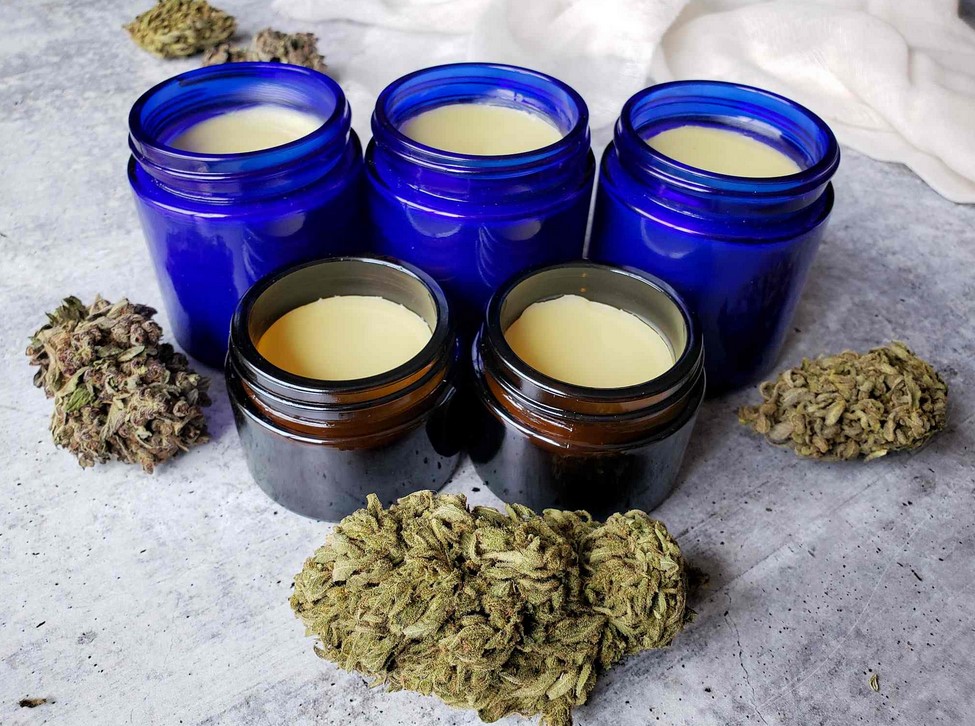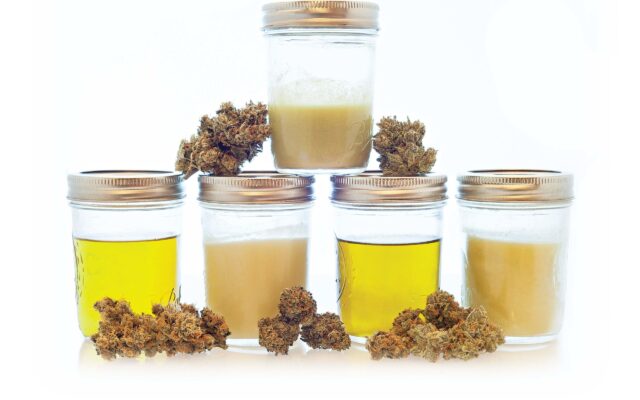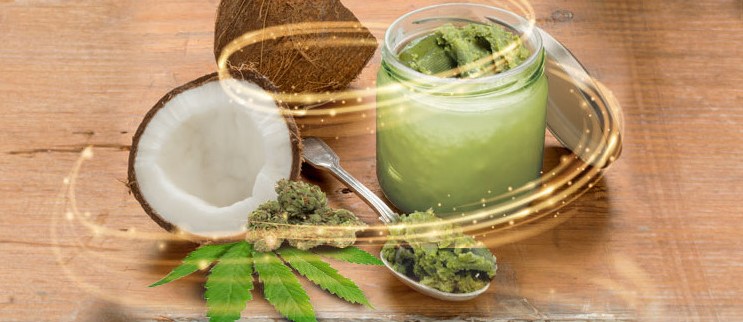Uncategorized
Cannabis Coconut Oil vs Canna-butter in Edibles: What Is the Difference
With each passing day, an increasing number of people are understanding how helpful cannabis edibles can be. Edibles present many of the same benefits as smoking joints or blunts (including subverting health risks), but they also come with a few added bonuses. For example, that prescribed medical marijuana find them much easier on the lungs. Not to mention, those who enjoy weed can experience greater diversity since there are always new recipes for edibles being created. All things considered, it’s no shock that edibles have gained popularity in recent years!
The two most popular types of fat products used by cannabis chefs while cooking are canna-butter and canna-coconut oil. In this article, we will explore the differences between both products and why one might be preferable over the other.
Cannabutter and Canna-coconut oil are both frequently used to make edibles such as brownies or cookies, respectively. However, it is important to understand the differences between the two ingredients in order to know which one is more suitable for a specific dish. This examination will cover topics such as production methods, benefits, drawbacks, and cases where one outperforms the other.
A closer look at Cannabutter
Canna-butter, as implied by the name, is butter infused with cannabis extracts. Consequently, it produces a scrumptious and atypical end result that can be used to concoct many diverse edibles. It’s worth mentioning that using first-rate weed is critical when making canna-butter because it will have a direct impact on the quality of the finished product. So, only use outstanding cannabis plant matter when preparing canna-butter.

You can easily make cannabutter, or cooking cannabis in butter and water, at home. The cooking process takes 3 to 24 hours depending on the recipe being used and the type of product desired by the producer. The process of making canna-butter is quite similar to the regular extraction process as cooking the cannabis plant ensures that needed cannabinoids, terpenes, and other beneficial compounds are extracted. While making the butter, it is also important to ensure that the temperature is kept low to simmer. This will prevent burning which would destroy the beneficial cannabinoids needed for desired effects such as a euphoric high or relaxation.Before cooking the cannabis trims or buds in water and butter, it is important NOT TO decarboxylate weed as this would degrade THC-A into psychoactive THC; preferably cook below boiling (98 C / 208 F). The purpose of decarboxylation is to convert the inactive cannabinoids in cannabis trimmings (THCA and CBDA) into THC and CBD through exposure to heat. By grinding and baking the weed for 30-40 minutes at low temperatures, you can activate these compounds. Doing this helps ensure that a potent product will be made by the end of production.
A closer look at Canna-coconut oil
Canna-coconut oil uses coconut oil as a base because it is teeming with benefits for health. These advantages come from the many medium-chain triglycerides found in coconut oil. The body can metabolize these types of triglycerides easily and swiftly to convert them into energy. Canna-coconut oil is readily absorbed by the body, which then circulates the nutrients to where they are needed most. Coconut oil has many benefits, which is why it’s used in the production of canna-coconut oil. Coconut oil is known to be helpful for heart health and efficient fat burning, making it a great choice for those looking for an alternative to regular fats and oils.
You can produce canna-coconut oil by cooking cannabis flowers in oil and water for 8 to 24 hours. The length of time depends on the recipe used and how potent you want the final product to be. It is essential to maintain a low temperature while cooking as this helps preserve all cannabinoids present. Additionally, it also eliminates any unwanted fats from the final product. Before using cannabis in canna-coconut oil production, it must go through a process called decarboxylation where heat activates all cannabinoid compounds stored within the plant’s trichomes.
Canna-coconut oil vs Canna-butter
Both canna-coconut oil and canna-butter offer distinct advantages, but neither is perfect.
Canna-butter is easy to make, which makes it perfect for sweet or savory dishes. It’s also a great choice for inexperienced ganja gusts just beginning their foray into cannabis cooking because it can be used to easily whip up common edibles like cookies and brownies. Plus, canna-butter is quite flavorful. A downside to this popular ingredient is that it contains high levels of fat, making it off-limits for vegans, people attempting to consume less fat, and those intolerant to dairy.
Canna-coconut oil is not only nutritious, but it also has a number of benefits that make it ideal for cooking. Because it is vegan, more people can tolerate it than canna butter. It also contains a good amount of fat and due to THC’s vasodilating property, the product can be used as a lubricator. One drawback of cannacoconut oil is that it doesn’t have the same flavor as canna-butter and isn’t as easy to find. Additionally, since coconut oils are already pricey, this product follows suit in price.
Before deciding whether to choose canna-coconut oil or canna-butter, it is important to understand the context of comparison carefully. Canna-butter generally leads to a more potent product. It also usually results in a more flavorful product with a special mouth feel. On the other hand, canna-coconut oil has more medical benefits and is therefore very popular among medical marijuana users.

Which Is Best For Cooking?
Cannabutter is a great choice for people who love the taste of butter and want to add a flavorful, creamy touch to their dishes. It can be used in sweet or savory recipes, including sauces, baked goods, and cookie dough. And it’s usually less expensive to make cannabutter than cannabis coconut oil. But there is one downside: since cannabutter contains dairy products, those with lactose intolerance cannot eat it. Cannabis coconut oil is an excellent option for both vegans and those who can’t eat dairy. It’s also a great way to make sure you don’t gain weight. Even though it doesn’t make your food taste as good as cannabutter, cannabis coconut oil can enhance the flavor of sweet and savory dishes alike. Try adding it to a healthy stir fry! There aren’t many cons to using cannabis coconut oil, but some people might be put off by the cost since it’s more expensive than regular butter. You might have trouble finding it in stores too, depending on where you live.
Bottom line
Being unable to choose between canna-butter or canna-coconut oil for your cannabis edibles might leave you feeling frustrated. After all, both options have their own individual advantages and disadvantages. The key is to corresponding each one with what you value most. Do yourself a favor and research each option in great detail before coming to a verdict.


